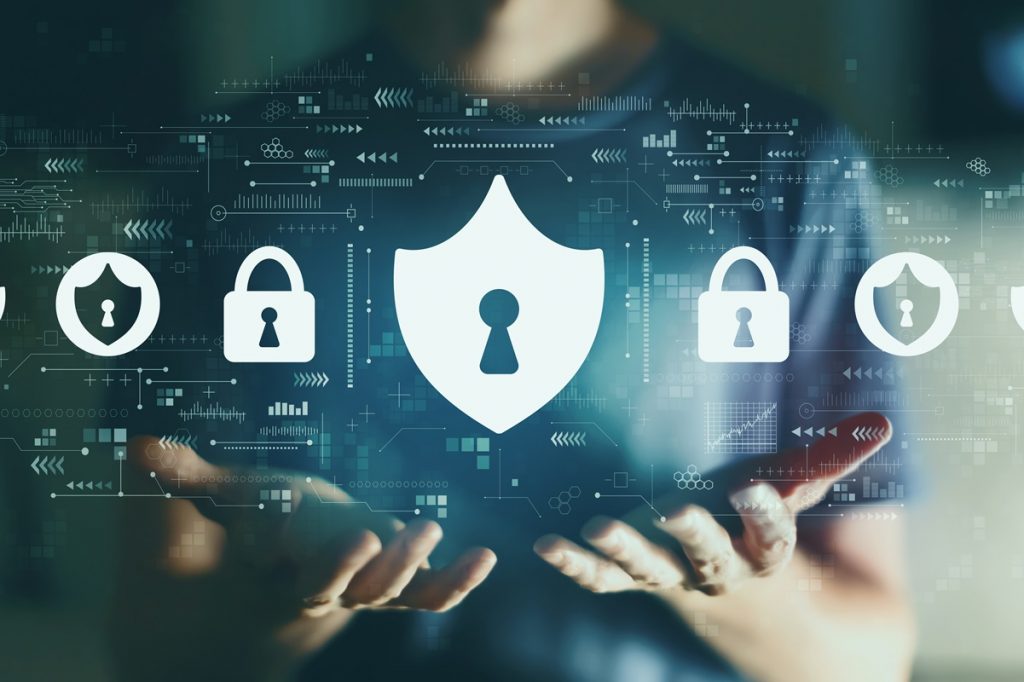Telehealth services have been remarkable following the global pandemic. The need for remote healthcare solutions became a top priority during COVID-19 lockdowns, leading to an unprecedented acceleration in telehealth adoption. This shift transformed healthcare delivery and emphasized the critical need for robust cybersecurity measures.
Protecting patient data supports trust between healthcare providers and their patients. Ensuring the cybersecurity of these telehealth platforms is essential to prevent breaches and uphold the integrity of the healthcare industry.
1. Regular Risk Assessments
More patients have turned to telehealth services for increased convenience and accessibility to medical care. However, exposure to the digital landscape puts their personal information at a higher threat of theft.
Continuous risk assessments identify and mitigate potential cybersecurity vulnerabilities within telehealth platforms. With cyberthreats constantly evolving amid technology advances, staying one step ahead is crucial to safeguarding patient data.
It took an average of 204 days to detect and identify a data breach in 2023. This delay underscores the importance of identifying risks early and proactively addressing them.
Implementing a scheduled review process is an effective strategy to monitor and assess the security of telehealth systems continuously. By doing so, healthcare organizations can swiftly adapt to new threats and minimize the window of opportunity for cyber attackers. Moreover, regular updates to security protocols — based on the latest threat intelligence — can significantly enhance the resilience of telehealth services against cyberthreats.
2. Employing End-to-End Encryption
End-to-end encryption protects data during transmission by ensuring only the communicating users can decrypt and read messages. This method encrypts the data at the sender’s end, keeping it encrypted while in transit and only allowing the intended recipient to decrypt the information.
By effectively making the data unreadable to anyone else — including cyber attackers and the platform providers — end-to-end encryption acts as a barrier against data breaches and unauthorized access. Therefore, strong encryption standards safeguard patient information and maintain the confidentiality of sensitive healthcare communications.
3. Implementing Access Controls
Access controls are pivotal in securing patient data by limiting who can view and use sensitive information. Implementing role-based access permissions lets healthcare brands ensure individuals only have access to the data necessary for their specific job functions.
This access management method assigns rights and privileges based on the roles within the enterprise, effectively preventing unauthorized access to patient information. Role-based access helps create a secure and efficient environment where the risk of data breaches is at a minimum, and the privacy of patient data remains. Healthcare IT professionals must adopt this strategy and reinforce telehealth system security.
4. Multi-factor Authentication (MFA)
This approach combines something a user knows, has and is — like a password, secure token and biometric data. MFA makes it much more challenging for unauthorized users to gain access, adding an essential layer of defense to prevent compromising sensitive information.
Incorporating biometric verification and secure tokens is highly advisable to strengthen the authentication process. The former uses unique physical characteristics like fingerprints or facial recognition to confirm identity and offer a level of security difficult to replicate.
Whether physical devices or mobile app-based, secure tokens generate a one-time use code to avoid unauthorized access. Together, these methods enhance the overall cybersecurity of telehealth systems.
5. Employee Training and Awareness Programs
Educating healthcare staff on cybersecurity best practices mitigates the risk of phishing and other cyberattacks, primarily because cybercriminals often prey on employees with limited cybersecurity knowledge. Regular training sessions and simulations are pivotal in keeping staff vigilant and up to date with the latest security threats and prevention strategies.
Such initiatives help staff identify and respond to potential threats more effectively and foster a culture of cybersecurity awareness within the organization. This approach turns their staff into a proactive barrier against vulnerabilities and protects sensitive patient information.
6. Regular Software Updates and Patch Management
Keeping all software up to date can protect against known vulnerabilities, as cybercriminals frequently exploit outdated systems to launch attacks. Regularly applying patches and updates closes security gaps and enhances the system’s defenses against potential breaches.
Therefore, healthcare brands should establish a routine for promptly applying these updates and patches. A proactive approach ensures all software components come with the latest security enhancements, safeguarding patient data and maintaining the integrity of telehealth services against evolving cyberthreats.
7. Regular Backups and Disaster Recovery Planning
Having backups and a robust disaster recovery plan is paramount, especially in the increasing prevalence of cyberattacks. In 2023, the Department of Health and Human Services Office for Civil Rights reported 725 breaches affecting 133 million records, highlighting the urgent need for enterprises to prepare for potential cybersecurity incidents.
Backups ensure teams can restore critical data. A well-crafted disaster recovery plan also provides a clear roadmap for recovery, minimizing downtime and the impact on patient care.
Regularly testing these plans is crucial to verifying their effectiveness in real-world scenarios, allowing organizations to identify and address weaknesses. This proactive approach protects patient data and strengthens healthcare services’ overall resilience in the face of cyberthreats.
Staying Ahead in Cybersecurity for Telehealth Systems
Maintaining the cybersecurity of telehealth systems is an ongoing effort, demanding constant vigilance and adaptation to the ever-changing landscape of cyberthreats. IT professionals must stay informed about the latest cybersecurity trends and best practices, and integrate new knowledge into their security strategies. Embracing a continuous learning and improvement culture ensures telehealth systems remain secure, reliable, and trustworthy for all users.
By Zac Amos, rehack.com

